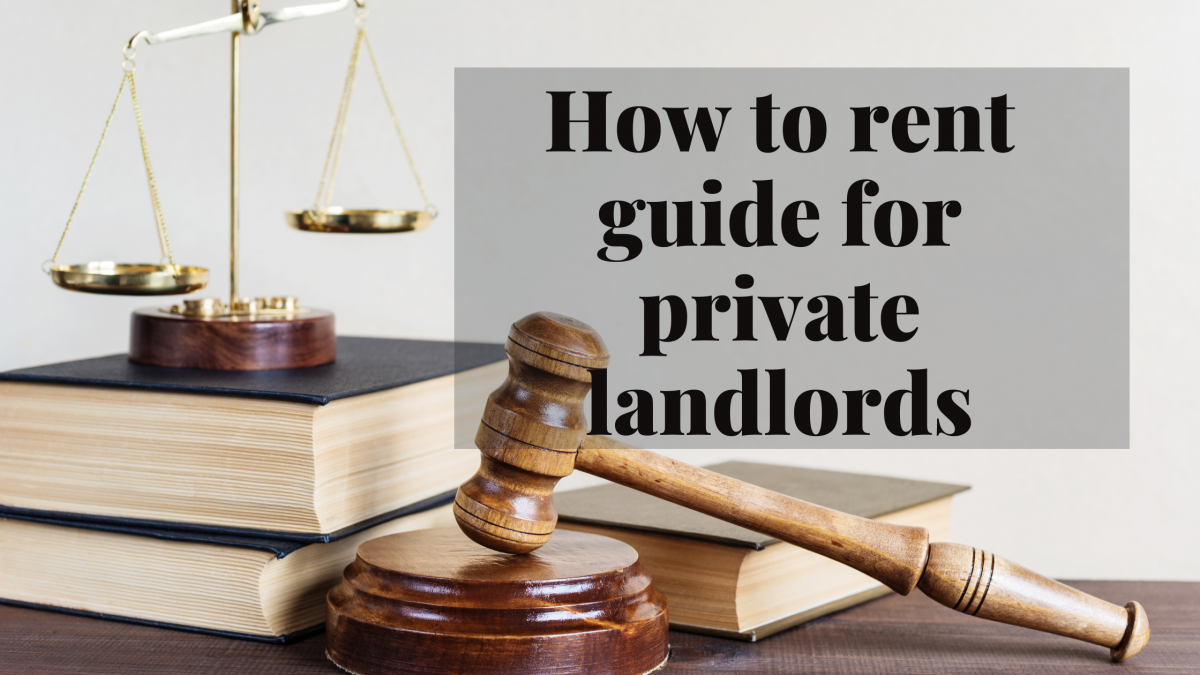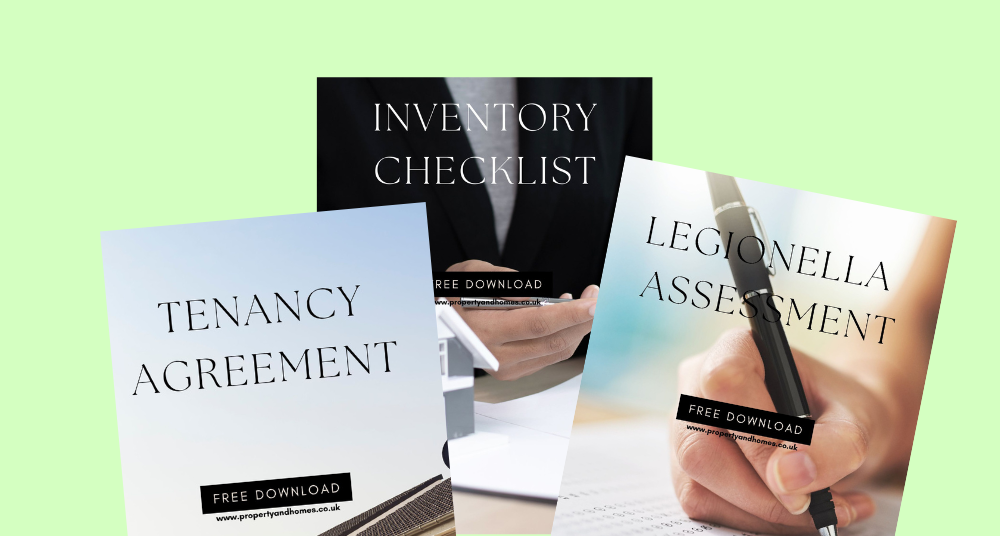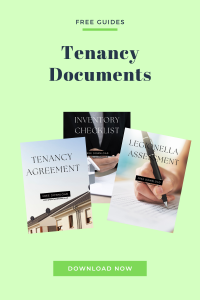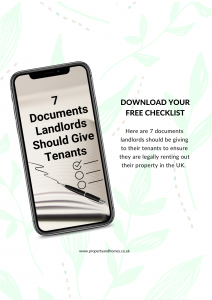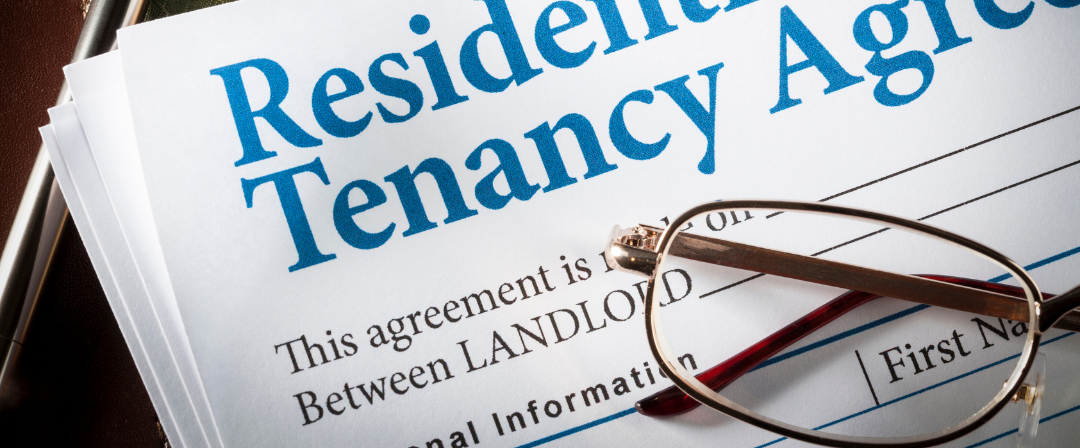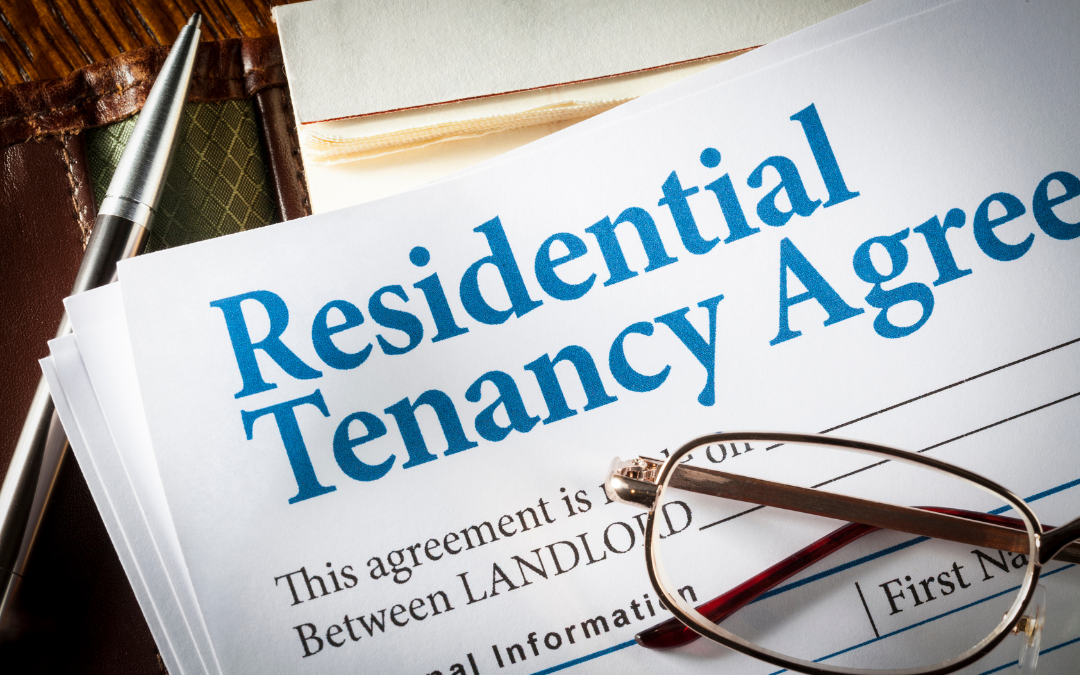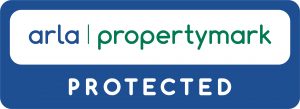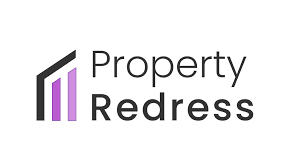How to rent guide for private landlords
This guide is for landlords who rent out their property privately under an assured shorthold tenancy. This guide is a comprehensive guide that will help you understand your responsibilities and your obligations as a landlord.
1. Find a property to rent
First things first you need to find a property to rent out. As much as you might have money in the bank ready to go full steam ahead because you are excited that you can finally purchase a property to rent, there are a few things you should consider before jumping into the market.
a) Location – This is important especially when you are thinking of capital growth.
b) Demand – If there is no demand for your type of rental properties in the area you want to buy in, then you may struggle to rent it after you have bought it. For example, the property you are looking at may be a 2 bedroom property but the demand in that area is for 3 bedroom properties.
c) The state of the property – This is important because it will indicate if you need more money over your budget for the deposit and other legal costs to bring the property up to a standard that it is ready to rent
d) The rental yield – Your rental yield the return you will make taking into account the annual rent you charge and the price you paid for the property. A good net rental yield (when you have taken out all your expenses) of 6% or more is good.
For example, if you buy a property for £200,000 property and your monthly rent is £800.00. Your gross rental yield (meaning you haven’t taken into account any of your expenses) is
£800 x 12 months = £9600 annual rent
£9600 / £200,000 x 100 = 4.8%
There will of course be other factors you may wish to consider, for example, the proximity of the property to where you live should you decide to manage it yourself. Nevertheless, it is important to find a property that works best for your investment goals and strategy.
2. Do you need a license to rent
You may find that you need a license to rent your property because there appears to be a general misconception that only Houses in Multiple Occupation (HMOs) require licensing.
Whether or not you require a license to rent your property depends largely on where your property is located. Whilst mandatory HMO licensing and additional licensing are restricted to certain HMOs, local authorities can implement selective licensing schemes that apply to all private rented properties within a defined area.
- Selective licensing
- Mandatory licensing
- Additional licensing
It is important to note that there is no central directory of property licensing schemes so when you are looking to rent your property, you should check with the local council to find out about their licensing schemes because failure to comply is a criminal offense that can result in prosecution and a fine or a civil penalty of up to £30,000.
More information can be found on the London Property Licensing website.

3. Getting the property ready to rent
In order to get the property ready to rent, here are the things you must ensure you have ready.
- Gas safety – these checks are an important legal requirement for landlords in the UK. The checks must be carried out annually by a Gas Safe registered engineer on all gas appliances and flues in a rental property. Click here for more information.
- Smoke and carbon monoxide detectors – landlords are required to have a smoke alarm installed on each floor of their property, with a carbon monoxide alarm also being placed in any room that houses a solid fuel source. It is also important to note that whilst the landlord does have overall responsibility, the tenants are expected to routinely check the alarms are still in working order.
- Electrical safety – landlords are required to ensure that electrical installations and appliances in your rental properties are safe for tenants to use. This includes all fixed electrical systems and any appliances provided with the property.
- Energy Performance Certificate – this provides information about the energy efficiency of a property and gives it a rating from A to G, with A being the most energy-efficient and G the least and they are valid for 10 years. The minimum EPC rating to be raised from E to C. The plan is to enforce this from 1st April 2025 for new tenancies, and from 1st April 2028 for existing tenancies.
- Furniture and Furnishings – any furniture and furnishings provided in your rental properties meet fire safety standards. This applies to all upholstered furniture, bedding, and furnishings, including sofa beds, mattresses, and cushions. Click here for more information.
- Legionella – as a landlord, you are responsible and have a legal obligation to have a legionella risk assessment carried out on your rental property along with providing your tenants with a legionella leaflet. The assessment will determine the likelihood of the risk of exposure to legionella bacteria within the water system. You can find out more information about legionella here.
- Insurance – it isn’t uncommon for the bank/lender to require that the landlord take out appropriate landlord/building insurance for the property. The insurance policy would more than likely seek to have cover for accidental damage to the property, contents insurance if the property is let furnished as well as rent guarantee insurance should the tenants fail to make a rental payment during their tenancy.

4. Finding tenants
In order to find tenants, first you need to market the property and you can do this by using online platforms, local newspapers, or you can use estate agents.
Once you find potential tenants, you need to ensure that you screen them by conducting background/employment checks, asking for a reference and most importantly, conducting your right to rent checks to ensure that the tenant has the legal right to rent in the UK.
5. Signing the tenancy agreement
Now that you’ve found a suitable tenant(s), it is time to sign the tenancy agreement which outlines the rights and responsibilities of both parties, including the length of the tenancy, rent amount and payment schedule, and rules for using the property.
It is also good practice for landlords to have an inventory at the start of tenancy that is signed along with the tenancy agreement. An inventory provides a detailed record of the condition of the property, including the furnishings, fixtures, and fittings, at the start of the tenancy. This can be used as evidence in the event of a dispute over damages or missing items at the end of the tenancy.
Along with the tenancy agreement, you must provide your tenants with the “How To Rent” guide which is a legal requirement. Click here to read the Compliance Checklist a landlord must legally provide to their tenants
Finally you must protect your tenant’s deposit by registering and placing it into a government-backed tenancy deposit scheme. Click here to find out more.
6. Landlord ongoing maintenance responsibilities
It is important for landlords to be aware of their ongoing maintenance responsibilities and to take prompt action to address any issues that arise. Failing to comply with maintenance responsibilities can result in legal action and financial penalties.
- Repairs – you are responsible for carrying out repairs to the structure and exterior of the property, including the roof, walls, windows, doors, and chimneys.
- Health and safety – you must ensure that the property is free from health and safety hazards, such as gas leaks, electrical hazards, and fire risks. You are also responsible for ensuring that all gas appliances are safely installed and regularly maintained.
- Water and sanitation – you must ensure that the property has a safe and reliable supply of water and that the toilet, bathroom, and kitchen facilities are in good working order.
- Heating – you must ensure that the property has a safe and reliable heating system, including hot water and heating.
- Ventilation – you must ensure that the property has adequate ventilation, such as windows that can be opened and extractor fans in bathrooms and kitchens.
- Insurance – you are responsible for arranging and maintaining adequate insurance coverage for the property, including buildings and contents insurance.
Also make sure that you are keeping records of all documentation, including the tenancy agreement, gas safety certificate, deposit protection information etc.
Need to fix a repair or breakdown?
Landlord Blog
Demystifying the Section 8 Notice: A Comprehensive Guide for Landlords
When it comes to managing rental properties, landlords occasionally find themselves in situations where tenants are in breach of their tenancy agreements. In such cases, a Section 8 notice can be a valuable tool to regain possession of the property.
Navigating the Rental Revolution: A Deep Dive into the Renters’ Reform Bill
The Renters’ Reform Bill is a hot topic in the UK, aiming to bring a wave of change to the rental market. We’ve rounded up all you need to know about this exciting development and will keep you updated as the details unfold.
A Comprehensive Guide: How Landlords Can Prepare for Bailiff Evictions in the UK
Evictions can be a challenging and distressing process for landlords in the UK, particularly when the tenant is uncooperative or has failed to pay rent. If all other methods to resolve the situation have been exhausted, landlords may need to consider the last resort – applying for a bailiff eviction.
We create this content for general information purposes and it should not be taken as advice. Always take professional advice. Please read our full disclaimer.

